Many Popular Houses in L.A. Were Part of a Scam by a Con Artist Who Disappeared
Yet the homes are still in high demand.
A group of darling houses in Los Angeles have acquired something of a cult following. Featuring multiple gables, steep-slope roofs, arched doorways, and trowel-swept stucco walls, these six-room storybook cottages are “a unique time capsule of the 1920s,” according to the development’s website. Known as Janes Village, the homes nestled in the foothills of the Sierra Madre Mountains are still highly desirable today. But few people know that the entire village was a con, and the man who built the houses was a con artist.
With his beguiling gray-green eyes and gift for gab, E.P. Janes, who came from a long line of evangelical missionaries, was a born salesman. His name was on everyone’s lips in 1920s Los Angeles, when his cottages were selling as fast as he could build them. And then, after completing almost 400 coveted homes and just when he announced grandiose plans to build a thousand more, he disappeared.
Turns out Elisha Paul Janes was regularly on the run from the law. Far from being a “famed architect” (as admirers assumed), Janes was a high-school drop-out who had roamed from Seattle to Manhattan peddling miracle cures, desert “farm land,” and defective mail-order tires—earning him several lawsuits and a federal indictment.
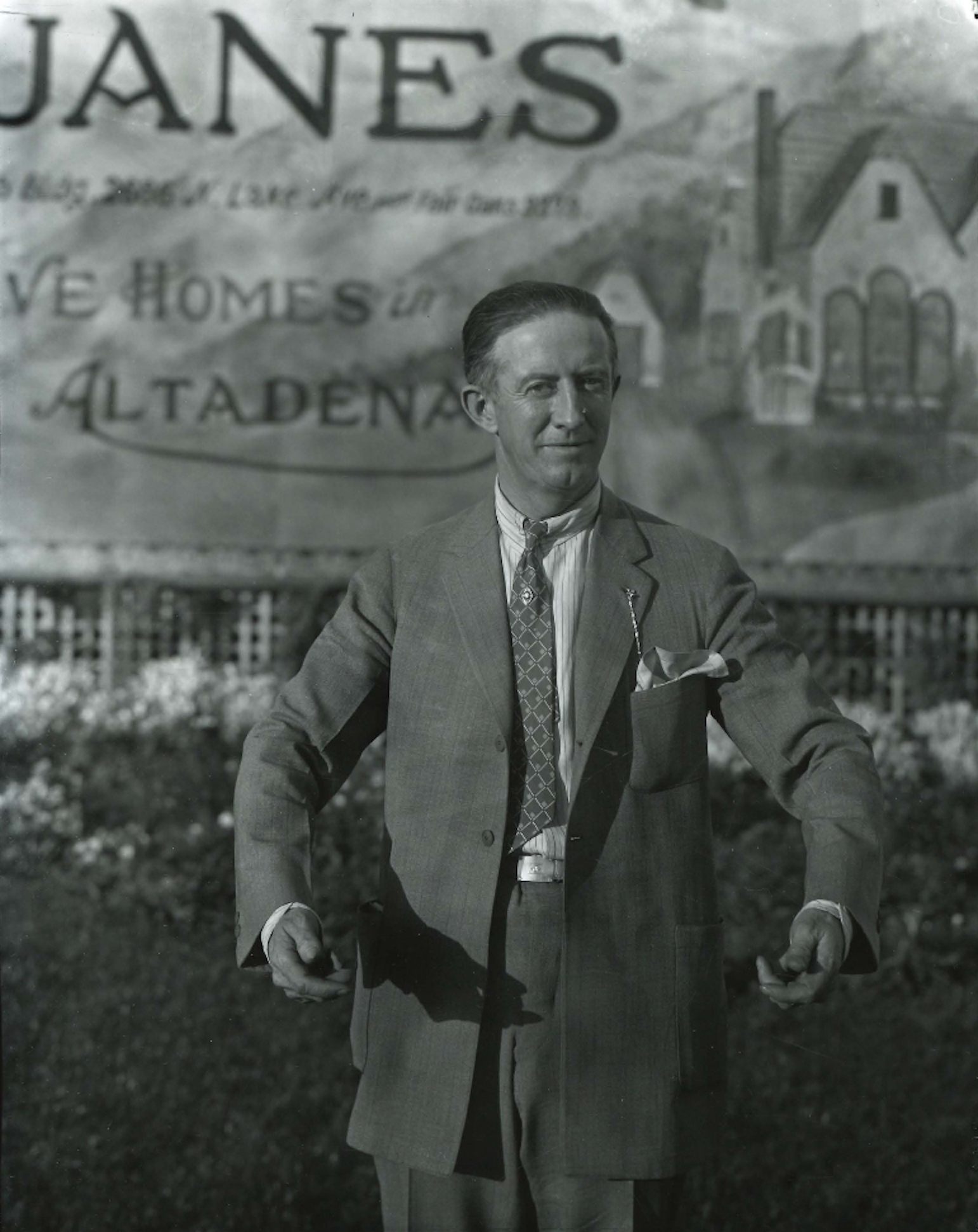
Born on Shelter Island, New York in 1877, Janes started out as a traveling soap salesman. Perhaps that profession is what drew him, when the business wasn’t proving lucrative, to Soap Lake in the barren landscape of central Washington. Claiming that the oddly foamy waters in the meromictic soda lake could cure everything from gout to gonorrhea, he started selling the lake water to those with health ailments. He erected a barn-shaped bottling plant—and a house known today as Rock Castle—out of rounded boulders scavenged by local farmers in exchange for worthless shares in his company.
He also dabbled in real estate, buying up swaths of arid land, planting some trees to make it look like there was plenty of water below ground, then flipping the parcels to naive homesteaders. After being convicted of land fraud, he skipped out of Washington and turned up in Manhattan.
From an office near Central Park, he orchestrated a nationwide mail-order scam, selling “high quality” tires that were actually flimsy retreads with all the durability of French toast. Under federal indictment, he told the judge that he was just a hapless desk jockey who had no idea what his bosses (who were in on the scam) were up to. He got off with a slap on the wrist and immediately opened his own garage in Queens, where he continued to resurrect worn-out tires by dipping them in molten goo and embossing them with bogus logos. One windy night, the place burned to the ground in a fire that consumed an entire city block. By the time the insurance check was cut, Janes had taken off to California to begin his building spree of Janes Village.

For the location of his next con, Janes chose the unincorporated rural community of Altadena in northeast L.A. The clean air and secluded location had long made the area a haven for tuberculosis patients and bootleggers alike, but it was cheap land, low taxes, and a booming population that attracted Janes. Within a few months he had dispatched scores of construction workers across dozens of newly cut lots. Like Keystone Cops with hammers and saws, they assembled a house a day. Altadena did not require building permits, so no blueprints were filed, but it appears that Janes tweaked widely available single-story house plans to include English cottage touches such as nested, “cat-slide” gables and steep Coldswold-inspired roofs with warped (composite) shingles.
He then hawked his quaint properties relentlessly. By day, sedans emblazoned with “E. P. Janes, Builder of Fine Homes” chirred around town. By night, the E. P. Janes Concert Hour aired on KFWB, the new Warner Brothers radio station. He rebranded the real estate pages of local newspapers “The E. P. Janes Section” and filled them with breathless stories, shilling for tradesmen, dissing greedy landlords, and hyping amenities such as in-ground sprinklers, Batchelder tile, 56 electric outlets per home, and grounds “all dolled up with lawn, shrubbery, walks, etc.” In the fall of 1925, cars jammed the streets of his “sun-bathed, fog-free, exclusive” subdivision as 50,000 gawkers traipsed through the three-bedroom models of his “Homes Beautiful” expo.

“Why pay rent?” was his refrain as he preached the gospel of home ownership and promised a deed to a $7,000 home (with no escrow charges and taxes fully paid) for as little as $150 cash down. That translates to a down payment of 2.14%, whereas the average down payment required for a house today is 15 to 20%. Acting as agent, designer, financier, and booster for one of the country’s first mass-produced housing developments, Janes was “ahead of his time in terms of vertical integration,” says Altadena historian Michele Zack. “For a fly-by-nighter, he must have been kind of brilliant.”
He was also kind of “shady,” says architectural historian Tim Gregory, a founder of Altadena Heritage. “He was cashing in on people’s taste for Gothic revival, and he was such a fast talker that he got a lot of backers to go along.”
Janes claimed that “volume and doing business on a cash basis” were his secret to low prices, according to a 1925 newspaper. He dealt only in trust deeds, which protected him in case a borrower defaulted, leaving a bank to clean up the mess. “This is no fairy tale,” he crowed in the L.A. Evening Express. “It is the sound business achievement of an efficient building organization.”
Then came a hitch. In January 1926, tax-averse Altadeneans voted down a bond measure to provide paved roads, sidewalks, and sewers, which he had assured buyers were imminent. A few months later, after torrential rains left Janes’s streets in deplorable condition, he vanished, fleeing creditors and leaving 200 skeleton houses. Some were not finished until after WWII. Because of design deviations and non-existent permits, Altadena Heritage has verified only 160 of the cottages as having been officially built by E. P. Janes—almost all have his distinctive pointy roofs—but estimates that there are several hundred more.
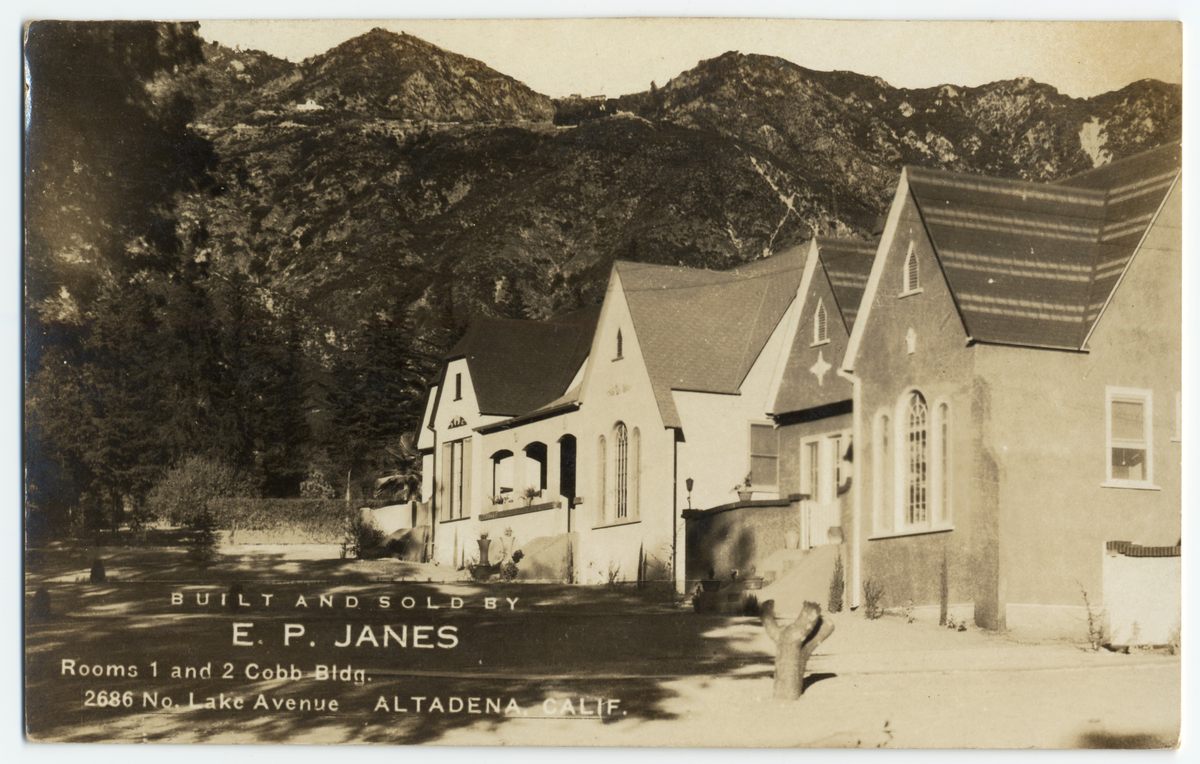
Janes’s departure presaged a real estate bust, which hit Altadena hard a few months later in 1927. Several of his buyers defaulted (including his father-in-law, who held several plots), although it’s unclear if owners stopped making mortgage payments because their houses were unfinished. In September, Janes quietly filed for bankruptcy.
But where was Janes? An ocean away, in Honolulu, building hundreds of charming, inexpensive cottages, which looked a lot like his Altadena houses. “Why Pay Rent?” was again his slogan as he sold them for little or no money down. Authorities soon charged him with zoning violations—failure to file blueprints, install sidewalks, and space structures adequately—which carried a maximum penalty of a $1,000 fine and a year in prison.
One balmy evening, instead of dealing with those charges, he hopped a steamer to San Francisco, leaving behind his new hilltop mansion, noted for its “excessive lighting” at night. His excuse for leaving so suddenly was that he urgently needed to take his furniture to the mainland to be reupholstered (as one does). A few months later, as the Depression hit, a wealthy Chinese developer who had partnered with Janes on numerous deals, filed for bankruptcy to the tune of $425,000 ($7.5 million today). “‘Nothing Down’ Plan Proves Undoing of Landowner,” read one headline in The Honolulu Advertiser. Turns out those who couldn’t afford a down payment couldn’t keep up with monthly ones either.
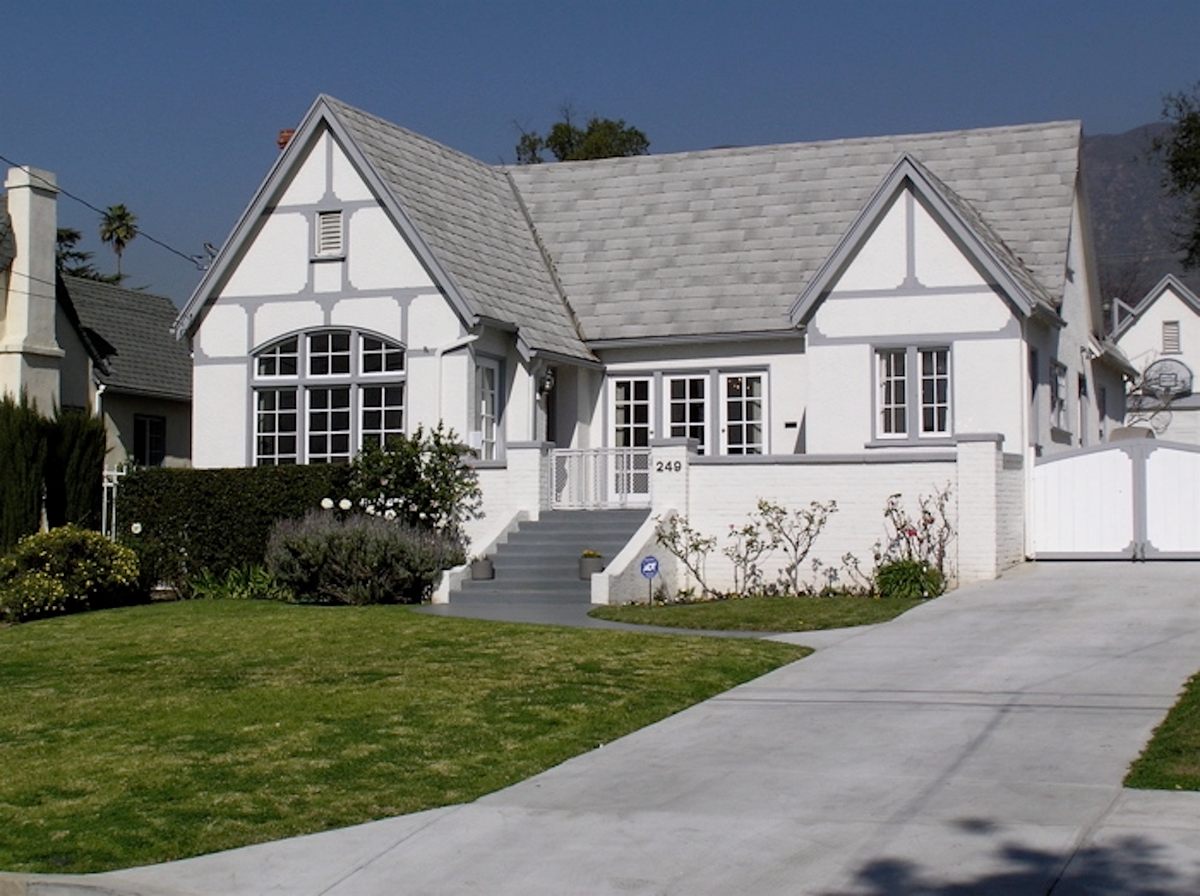
Today the average price of an original (but modernized) E. P. Janes home is around $1 million, even with only one bathroom due to the small footprint. Acolytes often take windshield tours to spot traces of his signature silhouette: six gables, steeple-like roofs, and cement terraces. “Well built but not overbuilt” is how former resident Zac Matthews describes them. “Janes actually used good materials like oversized redwood rafters,” he says. “They’re not just cute, they’re part of the historic fabric. By hook or by crook, he made neighborhoods out of the deal.”
So what happened to E.P. Janes? The day before he skedaddled from Hawaii, Janes secured a $40,000 investment from a business associate for a California gold-mine, which came to naught. He eked out his last years on the lam in a nondescript tract house in San Diego, dying of cancer in 1940. Nobody claimed his ashes, which were eventually interred in the pauper’s section of a municipal cemetery. Deedless in death, E. P. Janes had scored his forever home with no money down, landscaping included. After all, as he always said, why pay rent?
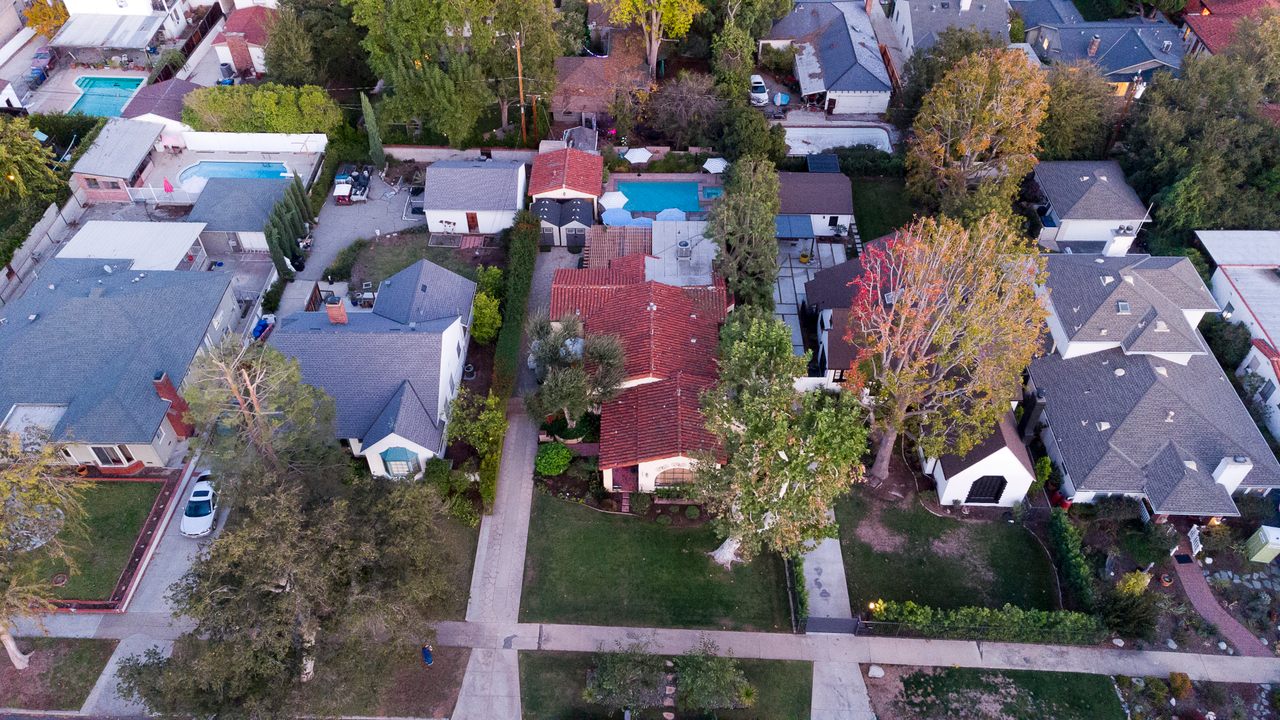



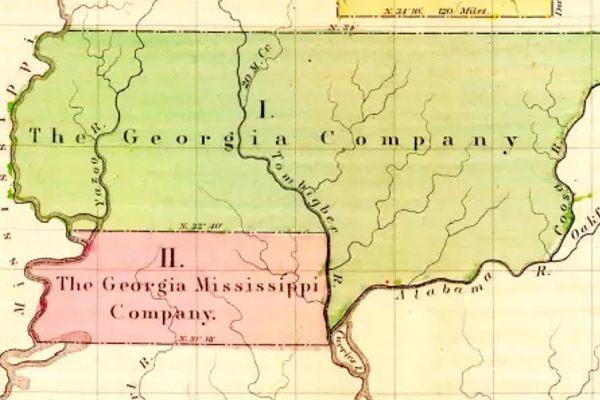







Follow us on Twitter to get the latest on the world's hidden wonders.
Like us on Facebook to get the latest on the world's hidden wonders.
Follow us on Twitter Like us on Facebook